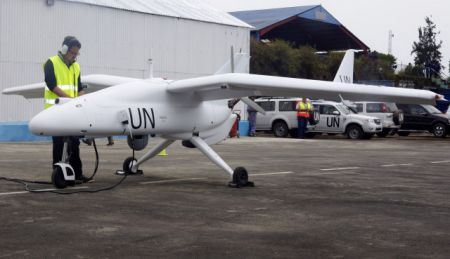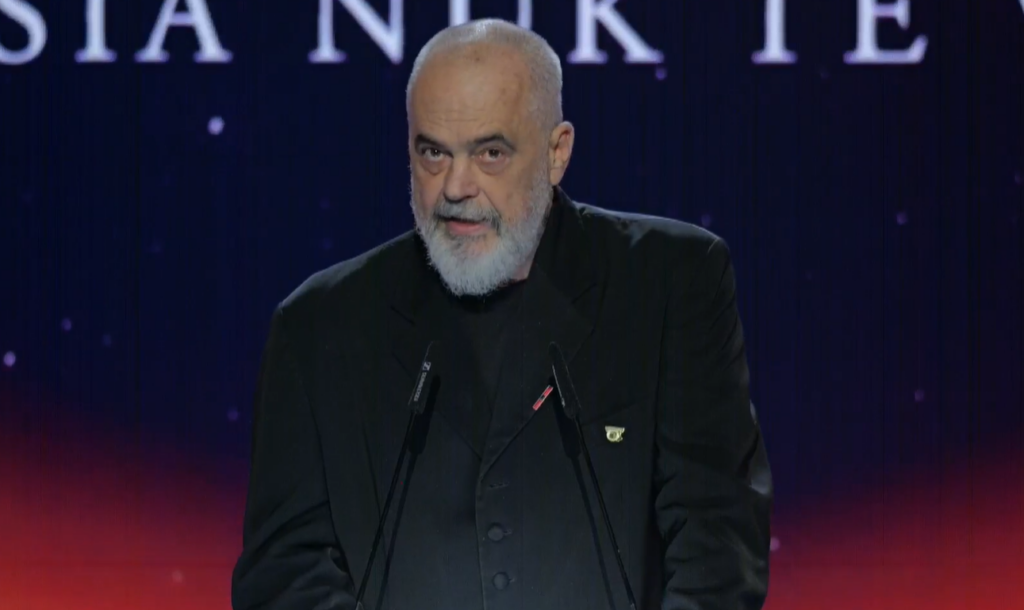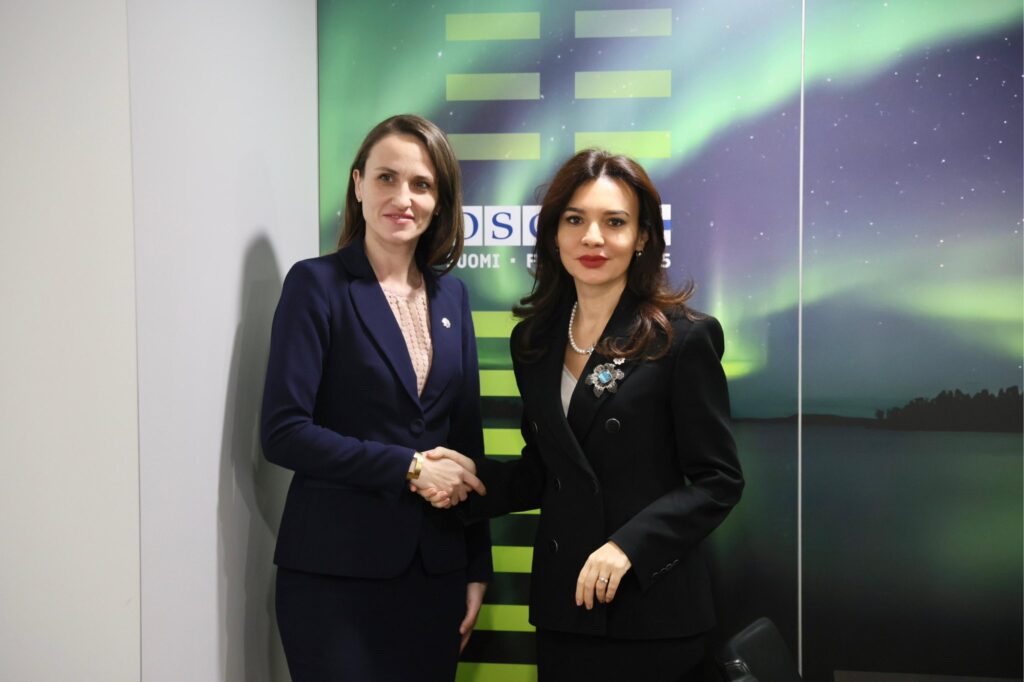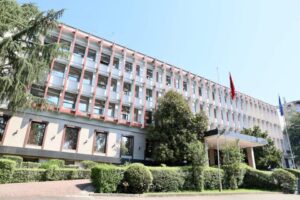Q&A: UN Arms Peacekeepers With Latest Technologies

United Nations’ peacekeepers are deployed in some of the world’s most dangerous spots and are often at a disadvantage as they get caught in the crossfire of shifting battlefields. To enhance their effectiveness and safety, the United Nations tasked an Expert Panel on Technology and Innovation in UN Peacekeeping with seeking out technological solutions to level the peacekeeping playing field.
TECHtonics learned more about this initiative in an email interview with United Nations Assistant-Secretary-General Jane Holl Lute, Chair, Expert Panel on Technology and Innovation in UN Peacekeeping.
Q. How can technology help peacekeepers do their jobs more effectively?
LUTE: Technology and innovation have the potential to enhance peacekeepers’ abilities to deliver across their mandates, which can range from traditional military monitoring to protection of civilians to strengthening human rights and building the rule of law and security institutions. Technology and innovation can also help the UN plan and run its operations, manage them, and be accountable for the resources entrusted to it.
Technology, from the most basic to the more advanced, can enhance the safety and security of host communities and of peacekeepers themselves. Mobile communications tools for community outreach in support of local police initiatives; GIS applications to assist States to demarcate contested borders; ground sensor radars to locate sources of water that don’t compete with local resources; and the increased use of telemedicine to enhance the UN’s ability to provide lifesaving support for its personnel are a few examples of the possible applications for technology and innovation.
Technology can enhance peacekeepers’ abilities to do their jobs, but it cannot supplant the need for a human presence–boots on the ground. Peacekeepers, uniformed and civilian alike, work with local partners day in and day out to create and sustain peace.
Q. What prompted the UN to prioritize adaptation of new technologies for peacekeepers?
LUTE:: … UN Peacekeepers frequently operate in austere, non-permissive and dangerous environments, in remote and unforgiving parts of the world. The women and men deployed under the UN flag are asked by the Security Council to deliver a wide variety of mandated tasks, and to take on new roles in the field. But battle lines are blurring, and the threats Peacekeepers are asked to confront are increasingly unconventional and asymmetric. Peacekeepers have traditionally been caught in the cross fire between parties – now, they are all too often becoming caught in the cross hairs.
In light of these fundamental shifts in peacekeepers’ operating environment, the Under Secretaries-General for Field Support and Peacekeeping Operations recognized the need to bring to bear every possible advantage and available asset in support of UN operations. In June 2014, they convened the Expert Panel on Technology and Innovation in UN Peacekeeping, to recommend ways in which technology and innovation can enhance the operational effectiveness and efficiency of Peacekeeping.
Making the best use of technology and innovation is a priority for UN Peacekeeping. It must also keep pace with the advancement, availability and accessibility of technology if it is to meet the challenges of the future and assist in effectively managing today’s complex crises that pose a threat to international peace and security.
Q. When will the panel present its recommendations?
LUTE: The Panel expects to provide its recommendations to the Under-Secretaries-General by the end of the year.
Q. What specific areas of peacekeeping missions are more in need of technological innovation?
LUTE: … Peacekeeping is operationally-driven, and where new technology and/or innovation has been necessary, we have seen the UN adapt and do what is needed to get the job done. We hope that the Panel’s work will give additional momentum to innovation already underway.
Q. How is mobile technology being leveraged for peacekeeping missions?
LUTE: Basic connectivity can be a challenge in some of the areas that peacekeepers are deployed.
The UN’s Department of Field Support does an exceptional job at connecting peacekeepers in extremely remote and harsh environments. They are also leading the way in terms of innovation.
… GIS experts in the United Nations Interim Force in Lebanon have developed a mobile platform to allow its Liaison Officers to accurately demarcate the withdrawal line between Lebanon and Israel and to assist Israeli and Lebanese forces to resolve disputes that may arise along the line. The United Nations Mine Action Service (UNMAS) has developed landmine and explosive remnants of war mobile apps and games designed to raise awareness and minimize the risk of accidents.
Q. Is there a role for technology to help narrow cultural/linguistic gaps between peacekeepers, and between them and local populations?
LUTE: One of the most remarkable successes of UN Peacekeeping is that it brings together a diverse, dedicated constituency committed to protecting and strengthening fragile peace. The UN’s military and police are drawn from 128 different Member States, all serving together under a single flag.
While there are certainly technologies out there that can assist peacekeepers to bridge language barriers within the mission, there is no substitute for human interaction with local populations. It is this interaction that allows peacekeepers to generate the support that underpins their ability to deliver their mandates, and understanding their role vis-a-vis those they are deployed to serve. Involving the local community in building and strengthening peace is essential for its ultimate sustainability.
One of the things tools that has helped peacekeepers inform local communities and generate support for missions and mandates, are the radio stations operated by the UN in various countries.
The United Nations Mission in Liberia’s radio station, UNMIL Radio, regularly broadcasts in the six main local languages, and produces content in all 17 languages spoken in Liberia. UNMIL Radio has largest reach of any radio station in Liberia, reaching over 85 per cent of the population, and is regularly re-broadcast by community radio.
Q. What kind of new technologies are being deployed?
LUTE: … The most obvious example is the use of unarmed unmanned aerial surveillance (UUAS). Early experience in the United Nations Organization Stabilization Mission in the Democratic Republic of Congo shows that UUAS increases peacekeepers’ ability to respond to a wider range of threats, and enhance the protection of civilians and delivery of humanitarian assistance. Missions are increasingly fusing sources of information, including near-real-time satellite imagery, to enhance situational awareness, planning and operational decision-making.
Simple, pragmatic and practical solutions that leverage innovation and technology are also essential to allowing peacekeeping to reduce its environmental footprint and to be a better partner to local host communities. The Department of Field Support has acted to modernize air conditioning and wastewater treatment, and is starting to generate alternative energies, such as solar power, and to use sensor technology to find water sources that do not compete with local needs.
Q. How will these tools be financed?
LUTE: Peacekeeping is a partnership. It is also an investment in peace. Those who support peacekeeping as a tool share a common understanding of the purpose and modalities of the enterprise.
 KOHA JONË SONDAZH
KOHA JONË SONDAZH





















